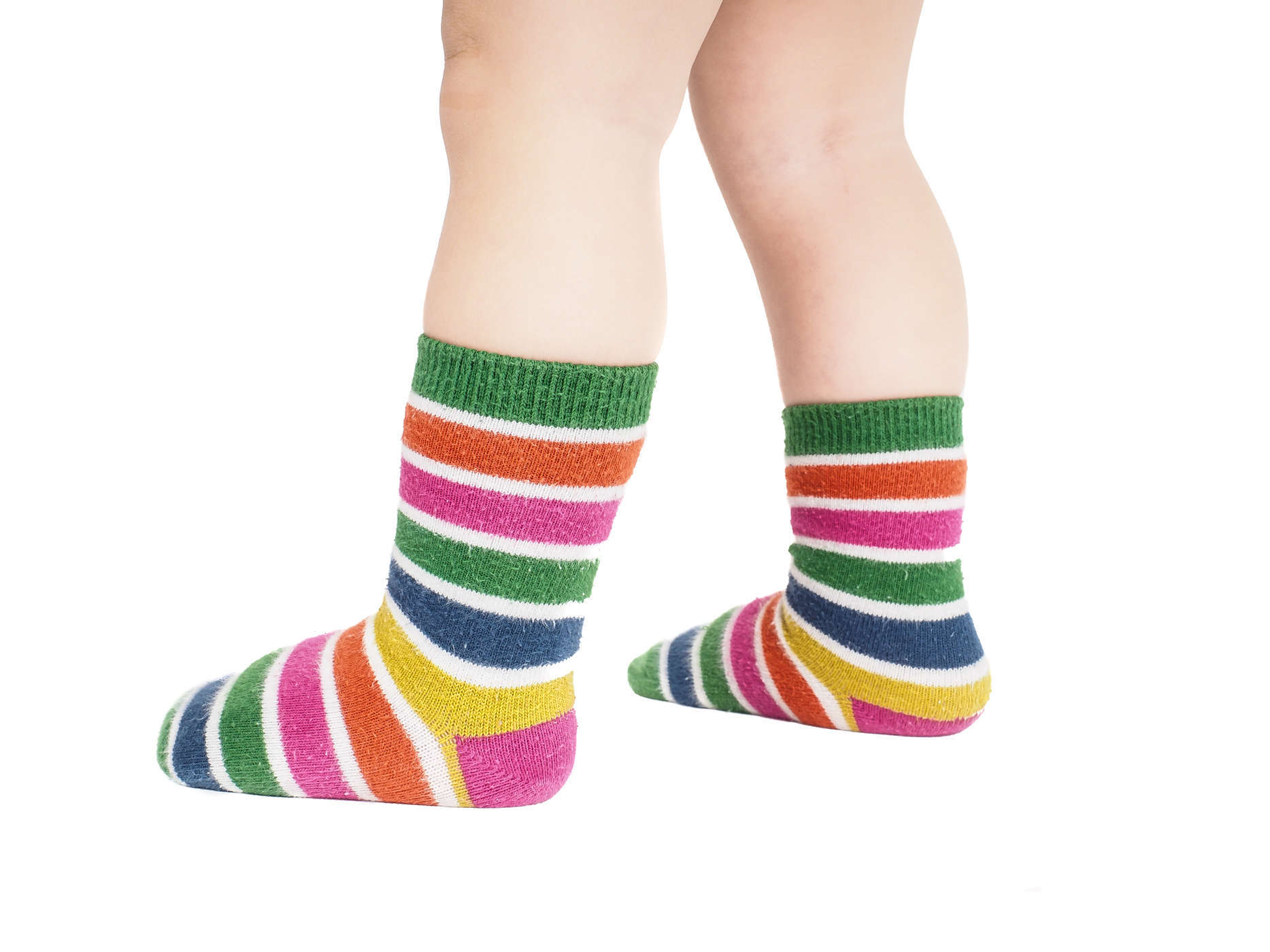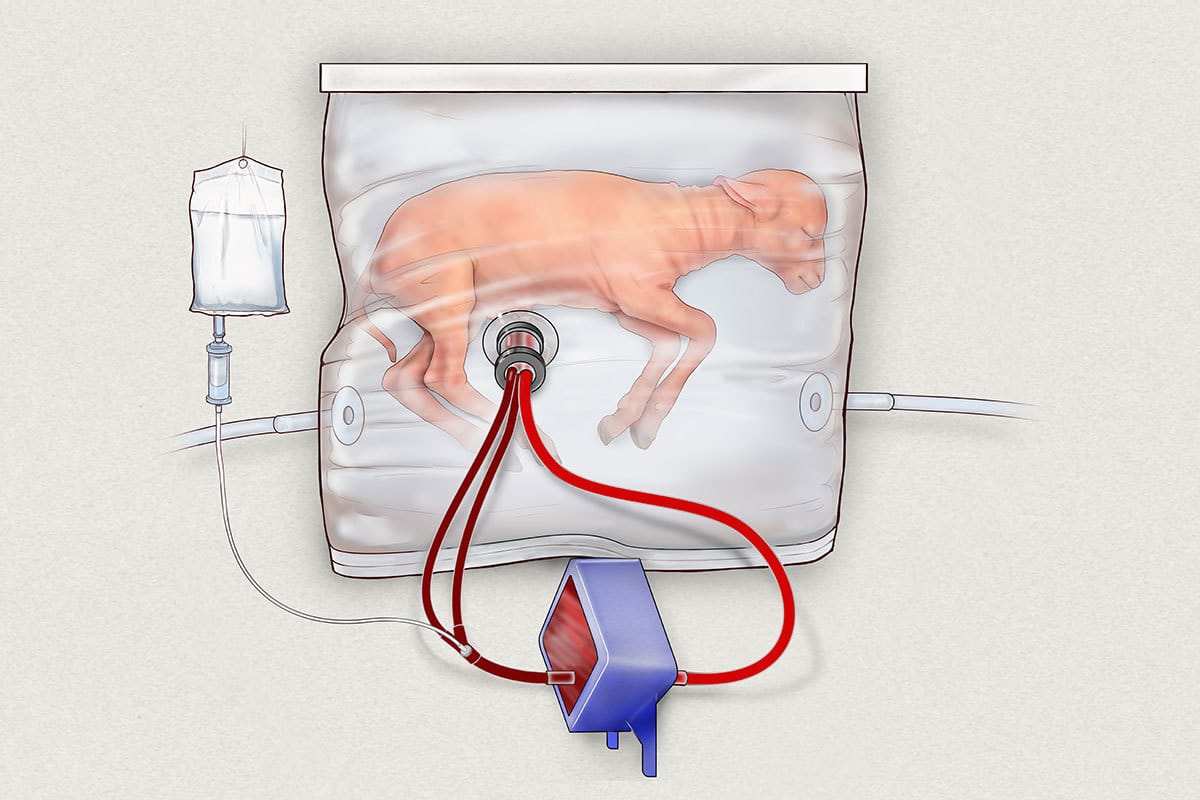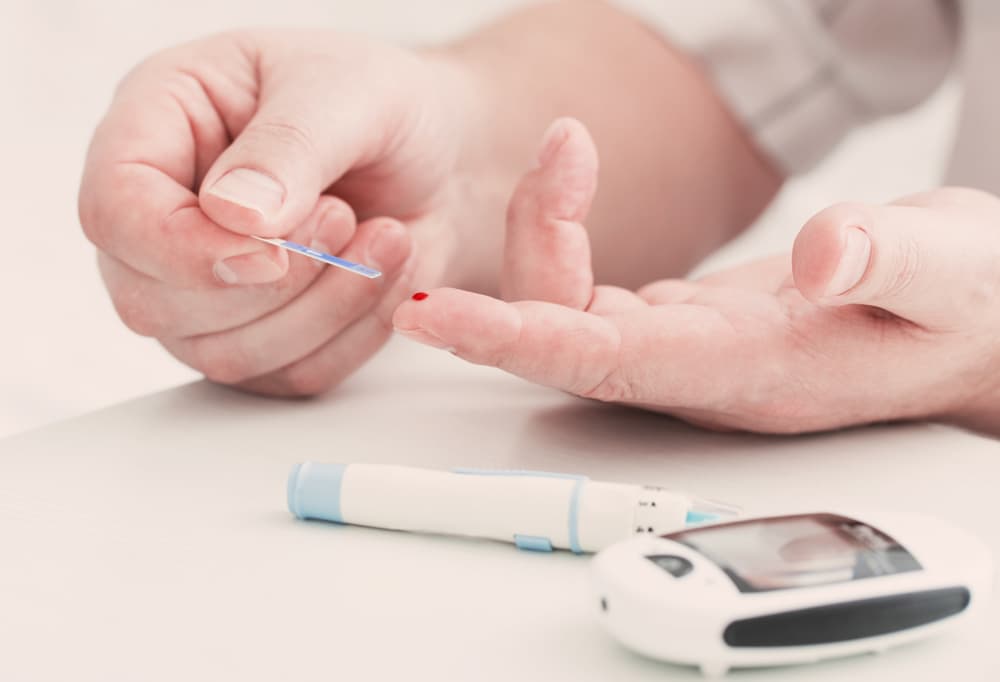Contents:
Medical Video: BINGO - Children's Song
Over the past few years, rickets have become a worldwide concern, not only in areas that have only malnutrition problems. Rickets are a bone disorder that causes bones to soften and weaken. Generally, this disease attacks children aged 6 and 36 months. This condition is caused by a severe lack of vitamin D so that absorption of calcium and phosphorus is disrupted. Vitamin D is needed to stimulate the absorption of calcium and phosphorus as important substances in the formation of healthy and strong bones. Without vitamins, the child's bones will not fully develop and become brittle and weak.
What causes rickets in children?
The main cause of rickets is the lack of vitamin D needed by the body to absorb calcium and phosphorus from your food. Children can get rickets if they don't get enough vitamin D intake or have problems in using vitamin D in the body. Vitamin D is not only found in food, but can be naturally produced on the skin when exposed to sunlight. The child may not get enough vitamin D if he lives in an area with little sun, applies a vegetarian diet, or does not consume dairy products. In some cases, rickets can be a hereditary disease.
What are the signs and symptoms of rickets in children?
You might be wondering how to know whether a child has rickets or not. Here are some signs and symptoms of rickets that you can observe:
- Growth delayed
- Pain in the spine, pelvis and legs
- Weak muscles
- Child's foot posture is abnormal (outward curvature of the foot)
- Thickening of the wrists and feet
- Broken bones
- Delayed tooth formation
If your child has one of these signs, you should immediately see a doctor. If not treated during the period of growth of a child, stature will not be perfect when he is an adult.
How to prevent children from rickets?
The best way to prevent rickets is to eat a balanced meal that includes calcium, phosphorus and vitamin D. Vitamin D can be found in fish, fish oil and egg yolks. Other foods enriched with vitamin D include formula milk, cereal, milk and orange juice. It is important to note that breast milk contains a small amount of vitamin D. All babies fed on breast milk are advised to receive an intake of 400 IU of vitamin D every day. You can consult a pediatrician for more information.
In addition to proper food intake, make sure the child gets enough sun exposure. You only need to expose your hands and face to the sun at least several times a week. Prolonged exposure to the sun can cause skin damage. If the child is active in the sun for a long period of time, be sure to use sunscreen.
Recent research shows that you can prevent your child from rickets even before the child is born. This can be done by ensuring adequate amounts of vitamin D during pregnancy. Not only does it make bones strong, vitamin D will also help the development of baby bones in your womb. If you have darker skin or get a little sun exposure, you should consult with your doctor about supplemental vitamin supplements while pregnant.












